Aquabeam
The AquaBeam system allows the ablation of prostate tissue, independent of the size and shape of the prostate, without compromising sexual functions and urinary continence.

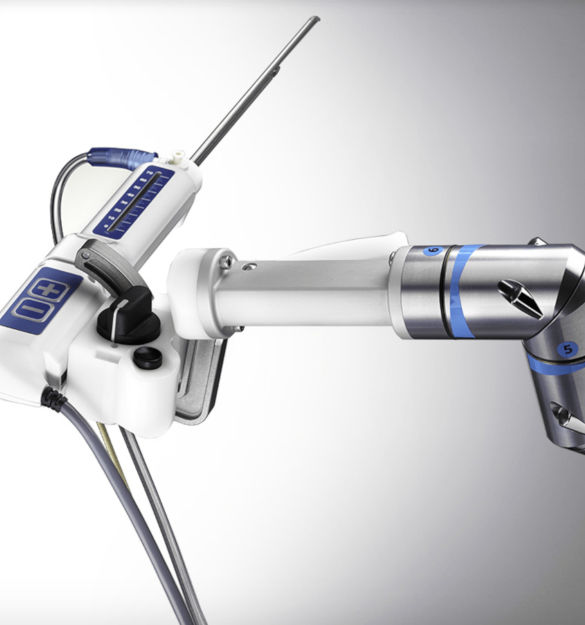
What is Aquabeam?
The AquaBeam robotic system is a novel, minimally invasive technology indicated for treating Benign Prostatic Hyperplasia (BPH), one of the most frequent pathologies suffered by men.
Benign prostatic hyperplasia is a benign enlargement of the prostate gland that causes an obstruction to the outflow of urine from the bladder. This causes a deterioration in the quality of voiding function in men, resulting in a sluggish stream, difficulty in initiating urination, increased urinary frequency, the need to urinate at night and a sensation of incomplete emptying, which ultimately results in a decrease in quality of life.
The AquaBeam robotic system allows ablation of prostate tissue (BPH) by means of a jet of saline (water + sodium chloride) at very high speed and high pressure (10,000 PSI), without using any thermal energy, unlike transurethral resection (TUR) and lasers.
The surgical procedure is controlled and carried out through an ultrasound-guided robotic system, in which the surgeon, through continuous ultrasound and cystoscopic control, makes a personalized treatment plan and evaluates with maximum precision the volume of tissue to be removed by the robot. This technology simultaneously combines cystoscope images with ultrasound images taken in real time.

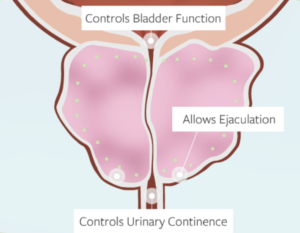
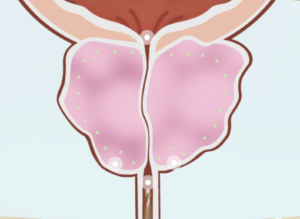
These two imaging modalities provide the surgeon with a complete, multidimensional view of the entire prostate, allowing him or her to create a surgical map of which areas of the prostate to remove and which to avoid. Since each prostate is unique in size and shape, the map can be customized and adapted to each patient's unique anatomy.
Once all parameters have been integrated, the robot performs the procedure quickly, predictably and accurately. After the procedure is completed, a catheter is placed in the bladder, which is usually removed the following day, and the patient is usually discharged after 24-48 hours.
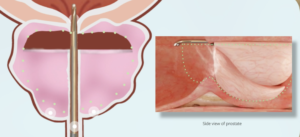
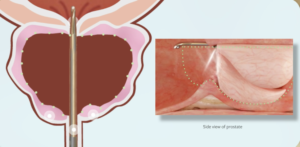
- Suitable for any prostate size.
- There is no incision, therefore, no wound.
- It does not produce thermal damage, since it uses water (physiological saline solution) at room temperature.
- The procedure can be performed under intradural anesthesia (without the need for general anesthesia).
- Short surgical time, with an average resection time of 3-6 minutes, independent of prostate volume.
- Excellent functional results in terms of urination, with rapid improvement of urinary symptoms.
- Shorter hospital stay (24-48 hours) receiving medical discharge without bladder catheter.
- Rapid recovery and reincorporation to daily life.
- Better sexual and ejaculatory function preservation rates, since it preserves the responsible anatomical structures.
- Preserves ejaculation in 9 out of 10 cases.
- Requires prior assessment of the risk of postoperative bleeding.
- Absence of long-term functional results (greater than 10 years).
Newsof ROC Clinic at Aquabeam
Research
Da Vinci and Hugo RAS Platforms for robot-assisted partial nephrectomy: a preliminary prospective comparative analysis of the outcomes.
They ask us in the Consultation
What are the patient's eligibility requirements for Aquabeam treatment?
None, as the Aquabeam system is suitable for all prostate sizes.
Is there a risk of sexual impotence after treatment with Aquabeam?
The high precision of the Aquabeam system preserves urinary continence, sexual function and, in addition, preserves ejaculation in 9 out of 10 patients who undergo this treatment.
How much time do I need for recovery after AquaBeam treatment?
At the most, two days. After removal of the catheter after 24 hours, as a rule, urination returns to normal and you can resume your normal life. to normal life.
Can I suffer from urinary incontinence after the AquaBeam procedure?
This intervention does not compromise urinary continence, allowing its preservation.
Team of the Aquabeam unit


 +34 912 627 104
+34 912 627 104 Contact
Contact







